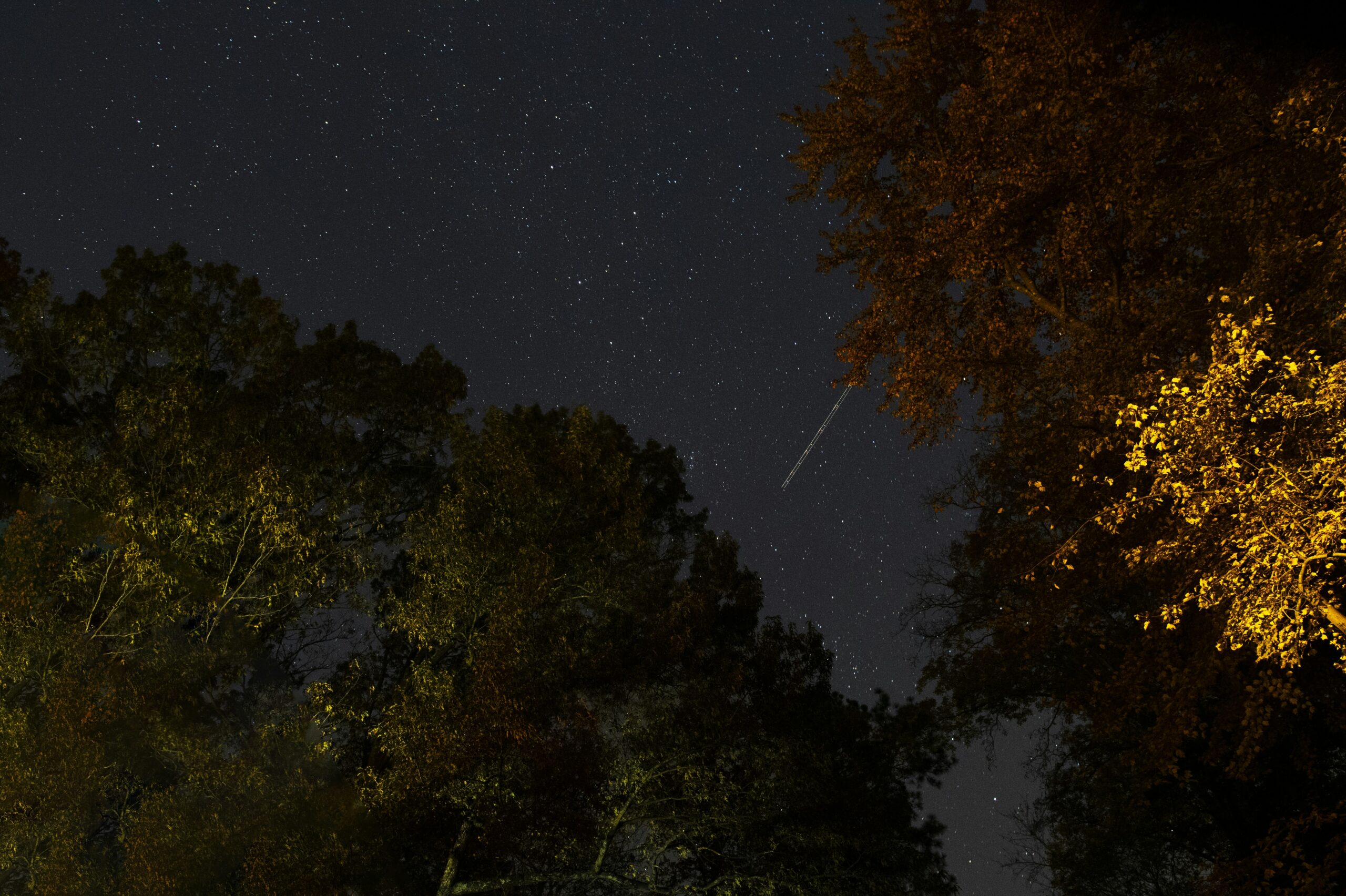Are you curious about the various ways a spotting scope can be utilized? A spotting scope is a versatile optical device that allows you to observe distant objects in stunning detail. Whether you are a nature enthusiast, an avid birder, or a keen observer of the night sky, a spotting scope can enhance your exploration and provide you with an up-close and personal experience of the world around you. From bird-watching and wildlife observation to stargazing and target shooting, a spotting scope opens up a whole new world of possibilities for your outdoor adventures. Discover the main uses of a spotting scope and unlock new dimensions of discovery and enjoyment.

Understanding Spotting Scopes
Definition of spotting scope
A spotting scope is a portable and high-powered optical instrument that is designed for viewing distant objects with great clarity and detail. It combines the features of a telescope and a monocular, allowing users to magnify and observe subjects that are far away. Unlike a traditional telescope, a spotting scope provides a wider field of view, making it particularly useful for various outdoor activities such as bird watching, hunting, astronomy, wildlife observation, photography, surveillance, and target shooting.
Parts of a spotting scope
Spotting scopes consist of several key components that work together to provide optimal performance and functionality. These include the objective lens, eyepiece, body or housing, focus and zoom controls, tripod mount, and various additional features such as image stabilization, lens coatings, and weatherproofing. Each part plays a crucial role in ensuring the clarity, magnification, and overall usability of the spotting scope.
How spotting scopes work
Spotting scopes work by utilizing multiple lenses and prisms to focus light and enhance the image being viewed. The objective lens at the front of the scope collects light and directs it to the internal prism system, which flips and magnifies the image. The eyepiece then further magnifies the image and allows the user to view it. The focus and zoom controls enable fine-tuning of the image clarity and magnification, ensuring a detailed and crisp view of the subject.
Use of Spotting Scopes in Bird Watching
Benefits of spotting scopes in bird watching
Spotting scopes are invaluable tools for bird watchers, as they provide superior magnification and clarity, allowing enthusiasts to observe birds in great detail. The high magnification power of spotting scopes enables bird watchers to identify species from a distance and appreciate their intricate features, behaviors, and movements. Spotting scopes are also lightweight and portable, making them ideal for birding expeditions in the field, and their wider field of view allows for quick scanning of the surroundings for bird sightings.
Selecting the right spotting scope for bird watching
When choosing a spotting scope for bird watching, several factors should be considered. The magnification power should be suitable for the desired level of detail, typically ranging from 20x to 60x. The size and weight should be manageable for extended periods of use and transportation. Image quality, including color accuracy and sharpness, should be prioritized to ensure accurate bird identification. Additionally, good weatherproofing and durability are essential for withstanding the rigors of outdoor birding.
How to use a spotting scope for bird watching
Using a spotting scope for bird watching requires some technique and practice. First, locate the bird with your naked eye or binoculars, and then position the spotting scope towards the target. Adjust the zoom and focus controls to achieve the desired magnification and sharpness. Take your time to observe the bird’s characteristics, such as its coloration, markings, and behavior. Remember to respect the bird’s habitat and keep a safe distance to avoid disturbing the wildlife.
Use of Spotting Scopes in Hunting
Advantages of spotting scopes in hunting
Spotting scopes are indispensable tools for hunters, providing a clear advantage in various hunting situations. With their high magnification power, hunters can scout and assess game from a distance, enabling better decision making and target selection. Spotting scopes also assist in judging the age, gender, and size of the animal, aiding in ethical hunting practices. In addition, their compact and portable design allows hunters to carry them into the field without adding excessive weight to their gear.
Choosing the right spotting scope for hunting
Selecting the right spotting scope for hunting requires consideration of specific requirements. The magnification power should be chosen based on the intended hunting style and target species. A wider field of view is preferable for scanning large areas, while higher magnification is ideal for long-range observations. The spotting scope should also be lightweight and durable to withstand rough outdoor conditions. Furthermore, features like lens coatings and weatherproofing can enhance the scope’s performance during hunting expeditions.
Ways to use a spotting scope in hunting
Spotting scopes can be utilized in various ways during hunting activities. They can serve as a scouting tool, allowing hunters to observe game from a distance and plan their approach accordingly. Spotting scopes can also aid in locating wounded animals by tracking their movements after a shot. Additionally, spotting scopes enable hunters to assess trophy potential and ensure ethical hunting practices by accurately judging the quality and characteristics of the game from a safe distance.
Use of Spotting Scopes in Astronomy
Reasons to use a spotting scope for stargazing
Spotting scopes are valuable instruments for amateur astronomers and stargazers alike. With their high magnification power, spotting scopes bring celestial objects closer, revealing intricate details of the moon’s craters, planets, star clusters, and even distant galaxies. Their portability allows for easy transportation to dark sky locations, promoting uninterrupted and immersive stargazing experiences. Furthermore, the wider field of view of spotting scopes enables users to observe larger sections of the night sky, enhancing the joy of astronomical observation.
The suitable spotting scope for astronomy
When selecting a spotting scope for astronomy, certain features and specifications are essential. A larger objective lens diameter is preferable as it allows more light to enter, resulting in brighter and clearer astronomical views. The magnification power should be chosen based on the objects of interest, balancing enhanced detail with a wider field of view. Image quality, including color fidelity and resolution, is of utmost importance for accurate astronomical observations. Additionally, ease of setup, stability, and compatibility with astronomy accessories are all factors to consider.
Tips on using a spotting scope for astronomical viewing
Using a spotting scope for astronomical viewing requires careful preparation and technique. Set up the spotting scope on a stable tripod to minimize vibrations and ensure steady images. Familiarize yourself with the scope’s controls, including the focus and zoom adjustments. Select the appropriate eyepiece and magnification power for the celestial object of interest. Allow your eyes to adjust to the darkness and take your time to explore different regions of the night sky. Patience and perseverance are key to unlocking the wonders of the cosmos through a spotting scope.

Use of Spotting Scopes in Photography
Role of spotting scopes in photography
Spotting scopes serve as valuable tools for photographers, allowing them to capture distant subjects with precision and detail. With their powerful magnification, spotting scopes enable photographers to photograph wildlife, birds, and other subjects from a safe distance without disturbing or intruding upon them. The superior optics of spotting scopes deliver high-quality images with excellent sharpness, contrast, and color accuracy, enhancing the overall photographic results.
Picking a spotting scope for photography
When selecting a spotting scope for photography, certain features and specifications should be prioritized. Opt for a spotting scope with a high-quality objective lens and multi-coated optics to ensure optimal light transmission and image fidelity. Consider the availability of compatible camera adapters or digiscoping accessories to seamlessly attach your camera to the spotting scope. Compact and lightweight spotting scopes are ideal for mobility during photography expeditions. Finally, look for sturdy construction and durability to withstand the demands of outdoor photography.
Using a spotting scope in capturing images
To utilize a spotting scope effectively for photography, a few key techniques should be employed. Mount the spotting scope securely on a tripod to minimize movement and vibrations. Attach the camera to the spotting scope using a compatible adapter, ensuring a stable and aligned connection. Use the focus and zoom controls on the spotting scope to achieve the desired composition and magnification. Pay attention to lighting conditions, compose your shots carefully, and utilize any additional photography equipment such as remote shutter releases or filters as needed.
Use of Spotting Scopes in Surveillance
Why use a spotting scope for surveillance purposes
Spotting scopes play a crucial role in surveillance operations, providing vital capabilities for monitoring and observing subjects from a safe distance. The high magnification power of spotting scopes allows surveillance personnel to observe targets discreetly and gather important information without compromising their location. Spotting scopes also aid in identifying individuals or objects, assessing potential threats, and documenting any suspicious activities. Their portability and ability to operate in various lighting conditions make them valuable tools for surveillance professionals.
Criteria for selecting surveillance spotting scope
When selecting a spotting scope for surveillance purposes, specific criteria should be considered. Opt for a spotting scope with high magnification capabilities to observe targets from a safe distance. The spotting scope should also have clear optics and good low-light performance for effective surveillance during dusk or nighttime. Compact and lightweight spotting scopes are preferable for easy transportation and concealment. Consider additional features such as image stabilization or digital recording capabilities for enhanced surveillance functionality.
How to effectively use a spotting scope for surveillance
Effectively using a spotting scope for surveillance requires careful planning and execution. Set up the spotting scope in a concealed location with a clear line of sight to the target area. Use the spotting scope’s magnification and focus controls to obtain a clear and detailed view of the subject. Maintain a safe distance to avoid detection and utilize the wider field of view to observe the surrounding area for any potential threats or activities. When necessary, document the observations using photography or video recording equipment connected to the spotting scope.

Use of Spotting Scopes in Target Shooting
Benefits of spotting scopes in target shooting
Spotting scopes are indispensable tools for target shooters, providing valuable assistance in assessing accuracy, monitoring bullet impact, and making adjustments to aim or trajectory. With their high magnification power, spotting scopes allow shooters to clearly observe targets at long distances, enhancing precision and improving shooting skills. Spotting scopes also promote safety by allowing shooters to view targets without constantly moving downrange to check the results.
Selecting the best spotting scope for target shooting
Selecting the best spotting scope for target shooting involves considering specific requirements and preferences. Look for a spotting scope with high magnification power to clearly see targets, bullet holes, or impacts. A wide field of view is beneficial for better target acquisition and tracking. Consider the portability and weight of the spotting scope, as well as the availability of compatible accessories such as digiscoping attachments or ballistic reticles for advanced target shooting applications.
Utilizing a spotting scope in target shooting
To utilize a spotting scope effectively in target shooting, follow a few key practices. Set up the spotting scope in a stable position or mount it on a tripod to minimize vibrations and ensure steady images. Adjust the zoom and focus controls to obtain a clear and detailed view of the target. Observe the bullet impacts or groups, and use the spotting scope’s magnification to analyze and make necessary adjustments to your aim or shooting technique. Taking notes or using a reticle chart can aid in tracking and recording shooting data accurately.
Use of Spotting Scopes in Wildlife Observation
Why spotting scopes are needed in wildlife observation
Spotting scopes are essential tools for wildlife observers as they facilitate detailed and non-intrusive observations of animals in their natural habitats. The high magnification power of spotting scopes allows observers to study wildlife from a distance, minimizing disturbances and preserving the animals’ natural behaviors. Spotting scopes also provide the advantage of safety by enabling observers to view potentially dangerous wildlife from a safe distance, reducing risks associated with close encounters.
Choosing an ideal spotting scope for observing wildlife
Selecting an ideal spotting scope for observing wildlife involves careful consideration of specific requirements. Opt for a spotting scope with high magnification power to observe wildlife with great detail, while ensuring a wider field of view for better tracking and scanning of the surroundings. A rugged and waterproof spotting scope is essential for enduring outdoor conditions. Lightweight and portable models are preferable for ease of transportation during wildlife observation expeditions. Additionally, consider factors such as image quality, ease of use, and compatibility with accessories like phone adapters for digiscoping.
Guidelines on using a spotting scope for wildlife viewing
To maximize the benefits of using a spotting scope for wildlife viewing, adhere to a few guidelines. Set up the spotting scope on a stable tripod to minimize hand shake and vibrations. Locate the wildlife with binoculars or naked eyes, and then position the spotting scope toward the subject. Use the spotting scope’s zoom and focus controls to obtain the desired magnification and sharpness. Observe the animal’s behavior, physical characteristics, and interactions with the environment. Ensure you maintain a safe and respectful distance to avoid disturbing the wildlife or jeopardizing your own safety.
Factors to Consider when Selecting a Spotting Scope
Magnification power
The magnification power of a spotting scope determines how much closer and the level of detail you can see the subject. Higher magnification is advantageous for long-range viewing or observing small details, while lower magnification provides a wider field of view for scanning larger areas.
Size and weight
Consider the size and weight of the spotting scope, as it affects portability and convenience during outdoor activities. Compact and lightweight spotting scopes are preferable for easy transportation and long-term use, especially when hiking or traveling to different locations.
Image quality
Image quality is crucial for clear and accurate observation through a spotting scope. Look for spotting scopes with high-quality optics, including lens coatings to enhance light transmission, reduce glare, and improve color fidelity. Optimal image quality ensures accurate identification of subjects and an enjoyable viewing experience.
Field of view
The field of view refers to the area that can be observed through a spotting scope at a specific magnification. A wider field of view allows for quick scanning and tracking of moving subjects, while a narrower field of view provides more detail for stationary subjects. Choose a spotting scope with a field of view that suits your specific needs and preferences.
Durability and waterproofing
When using a spotting scope in outdoor settings, durability and waterproofing are crucial factors to consider. Look for spotting scopes with rugged construction and materials that can withstand rough handling and extreme weather conditions. Waterproofing ensures the spotting scope remains functional even in wet or humid environments, protecting it from moisture damage.
Safety and Maintenance of Spotting Scopes
Importance of proper care and use of spotting scopes
Proper care and use of spotting scopes are vital to ensure optimal performance and longevity. By following safety guidelines and effectively maintaining the spotting scope, users can enjoy consistent and reliable results. It also helps to prevent accidents or damage to the scope, ensuring its functionality for many years of use.
Safety tips when using spotting scopes
When using spotting scopes, it is essential to prioritize safety to avoid any potential harm. Be aware of your surroundings and potential hazards, especially when operating in unfamiliar or outdoor environments. Avoid looking directly at the sun through the spotting scope to prevent eye damage. When setting up the spotting scope, ensure it is stable and secure to avoid accidental falls or injuries. Finally, always handle the spotting scope with care and follow the manufacturer’s instructions for safe operation.
Guide on how to clean and maintain spotting scopes
Regular cleaning and maintenance are necessary to keep a spotting scope in prime condition. Start by removing any dust or debris from the lens surfaces using a soft brush or air blower. Wipe the lenses gently with a microfiber cloth or lens cleaning solution, ensuring no smudges or fingerprints remain. Pay attention to the body and housing, wiping away dirt or moisture with a damp cloth if needed. Store the spotting scope in a protective case or bag when not in use to prevent damage. Additionally, follow any specific maintenance guidelines provided by the manufacturer.

